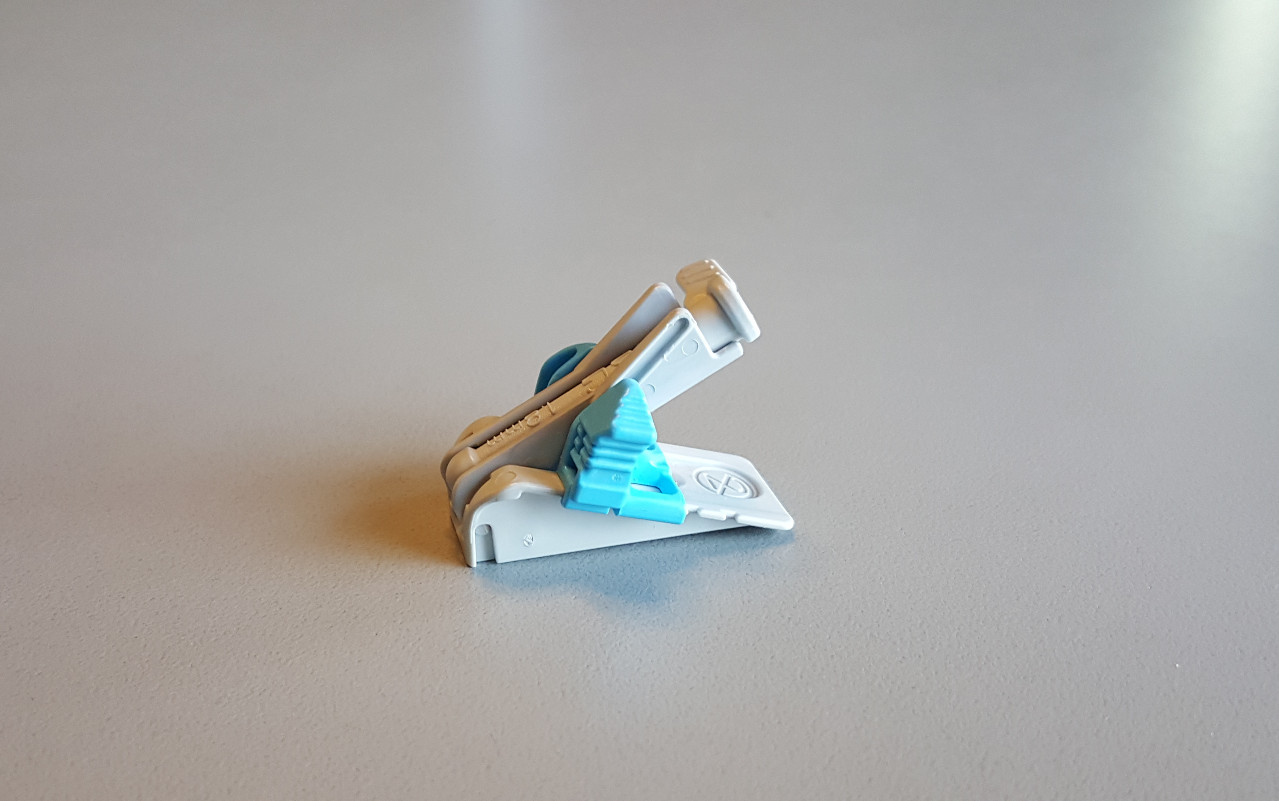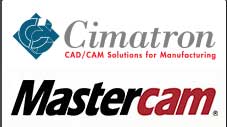Injection molding is a process that can be used to create plastic parts in a variety of applications. This technique is dependent on a variety of materials and different types of molds. These injection molds can be classified by their features such as feeding system, number and type of cavities, or mold plate.
Each mold for injection molding has a specific label. You can, for example, have a mold with three plates and a cold-runner system. It also has multiple cavities. It is important to know the different types of injection molds to select the best one for your project.
All components have unique designs. Your choice of mold will be determined by the type of plastic part you are making. We will be discussing the various types of injection molds in this article. Let’s first examine the different components of plastic molds.
What are Plastic Injection Molds ?
Plastic injection molds are used to carry out the process of injection molding. Aluminum or steel can be used to create custom mold tools for optimal results. Most often, they are made up of two parts: fixed molds and moveable molds.
Moving molds can be installed on the movable plate of the molding machine, while fixed molds go on the stationary plates. Both the fixed and the moving molds remain closed during the process of injection molding to create the cavity and injection system. These machinists open the molds and separate them to remove the product.
Components for Plastic Injection Tooling
Plastic injection molds are often different in structure depending on the material properties, type of injection molds and final product. The basic structure is the same.
Guide Pins
During the production of plastic parts, mold cavities and core halves are opened and closed several times. Guide pins and bushings are used in the construction of injection molds to ensure that the mold halves are perfectly aligned when the mold is shut. They prevent distortions which may damage molds or cause defects in injection molding.
Runner
At the start of each injection molding process, runners and sprues work together. The plastic material is fed into the runners by the sprue bushing. The plastic is then transported by individual runners to the gate which is the entry point into the mold cavities.
Gate
Injection molds have a gate that allows molten plastic to be injected into the cavity of the injection molding tool. Gate designs include:
- Edge Gate is a gate that is placed at the edge, which is perfect for flat components. This mold is also suitable for multi-cavity, two-plate molds.
- Sub-gate: Automatically trimmed gate, which allows for greater flexibility. It can be placed at any position on the component.
- Hot Tip Gate is a hot tip rubber gate that is located on the top of the component instead of at the parting line. This is the best choice for conical and round shapes with a need for uniform flow.
- Direct gate or spruegate is a gate that can be manually trimmed for molds with a single cavity. The gate is simple to design, and it has a high level of strength. It’s ideal for large cylindrical parts.
The location, type and design of the injection molding gate will influence the appearance, size and warping of parts.
Sprue
A sprue supports the injection molding nozzle. The nozzle sits on the surface bushing of the sprue. It is the first path for liquid plastic to enter the mold.
Locating Ring
The locating ring is placed over the bushing of the sprue. The locating ring helps to position the mold on the machine. It ensures that the sprue and nozzle are aligned properly to prevent leakage.
Mold Cavity
The mold cavity is a part of the mold that has been machined into the desired shape of the final product. Injection molding is the process where the plastic melts and is injected into the cavity of the mold. Molds with multiple cavities (e.g. multi-cavity molds) are often designed to have balanced feed systems in order to prevent defects.
Ejector pins
The precision-ground pins work in conjunction with the ejector plate to remove the parts from a mold after they have cooled. The mold is opened after the parts cool. Ejector pins are used to push the final product out.
The Shot HTML0
It is the amount of plastic that fills up the cavity in the mold, acts as a cushion to relieve pressure, and compensates shrinkage. This helps to transfer pressure from the screw into the mold cavity.
Ejector plate
The ejector plate is used to mount the ejectors. The plate slides forward, allowing the pins to also move forward and push a component from the cavity or core.
Clamping Plate
Clamp plates are used to attach the mold halves onto the machine for the injection molding process. Two large clamping plates are used on the injection molding tooling. They close when the machinists insert the plastic in the cavity. The mold is opened and the part falls out when the plastic has cooled enough.


